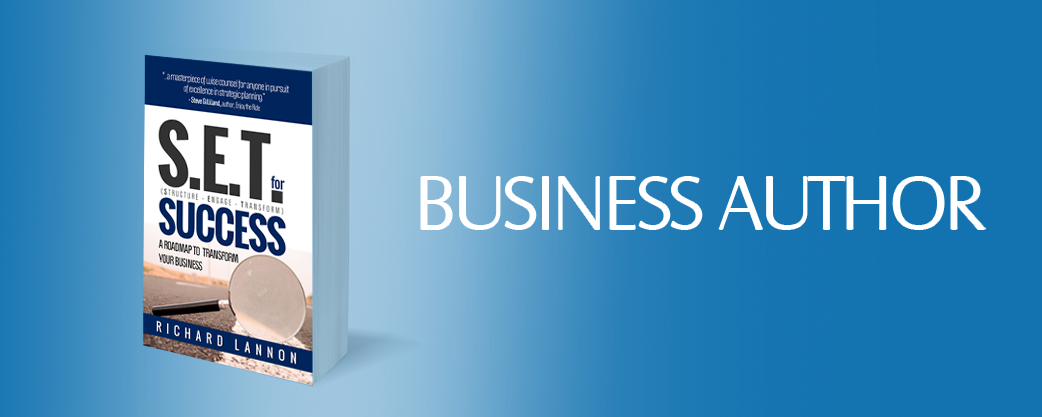When I was asked by a client to observe their business planning session I was reminded how important it is for the facilitator to be prepared.
People are tired of attending business meetings and planning sessions that lack purpose, focus and provide value. Your stakeholders deserve to have their time leveraged wisely. Here are 22 tools and techniques you can use to get participation, stay on track and provide high value opportunities in your business planning sessions.
- Get your introductions established with key takeaways from the participants. This helps the facilitator align the session objectives with the stakeholder’s expectations.
- Establish the rules of engagement and who they are as a team. The rules of engagement provide a context for the session structure and acceptable behaviours. The team question helps establish how the participants see themselves.
- Be clear on the business problems being addressed and the solution context. The discussion scope is the key to success. Clear business problem definition should be created in partnership with the sponsors and senior stakeholders prior to the session. The solution context provides a framework for the participants to frame their thinking in addressing issues. It does not mean the facilitator is providing solutions.
- Use a variety of people and group dynamic tools and techniques. For example, Brainstorming in a non-judgemental way to capture the thinking of individuals and teams. Make sure that you follow brainstorming rules correctly. Most people don’t and they waste valuable time.
- Buzz Groupsto buzz on an assigned topic for 10 to 20 minutes that have been established by the facilitator.
- Team Pods to group people into working units at common tables facing one-another so they get engaged.
- Play games. Do not be afraid to play games. Games provide a means of getting participation engaged and the information you need to have a successful session. This is where your creativity comes in. Have fun!
- 66 Technique. Six people discuss a topic for six minutes. Give the group structure by assigning a chair, a scribe and an auditor to provide feedback on the groups’ efforts.
- POPs. Get the POPs (points of pain) and align them with the organizations maturity.
- Nominal Group Technique. Use the Nominal Group Technique to have team members identify their best solution to business problems through a process of rating and elimination.
- Cost, Ease, Benefit. Use Cost, Ease, Benefit analysis to have participants clearly defines and understands the impact of their recommendations.
- SWOT. Get the SWOT, that is strengths, weaknesses, opportunities and threats, and identify those things external and internal that the team needs to focus on.
- Fish Bone. Throw them a Fish Bone(a diagram) to stimulate ideas and thinking as to the root cause of a business problem.
- Debate Teams. Create Debate Teams and have the groups discuss all sides of an issue. Ensure that there is structure and everything is timed and scribed.
- Smart Objectives. Have the groups make objectives SMARTthrough ensuring they are specific, measurable, attainable, relevant and timely.
- Implementation Plan. Build an implementation plan with assigned tasks, core responsibilities and timelines. Ensure there is a follow up mechanism.
- Summarize and Reviewall that has been said to ensure clarity and alignment with the sessions key objectives.
- Get the FUDs (fears, uncertainties and doubts). Have the stakeholders write these down, in confidence, and hand them in at the end of the session. There is nothing better than knowing the stakeholders concerns.
- Establish a follow up plan. Communication is the key to understanding what the participants expect. Be clear on expectations and follow through.
- Positives and Deltas. Request the positives and the deltas regarding the session. Review these as they will provide the facilitator insight into areas for improvement.
- Scale it 1 to 5 and ask how the stakeholders feel about the decisions, recommendations and the overall initiative. You might find that they see things as just another shade of what they did last year. Be prepared to leverage the information gathered.
- Get yourself evaluated. Find out how you did, what could be done differently. You need to grow.
There are lots of approaches, tools and techniques that you can apply to establish great business planning and discovery sessions that provide high value to the participants and stakeholders. Your job? Be prepared!









